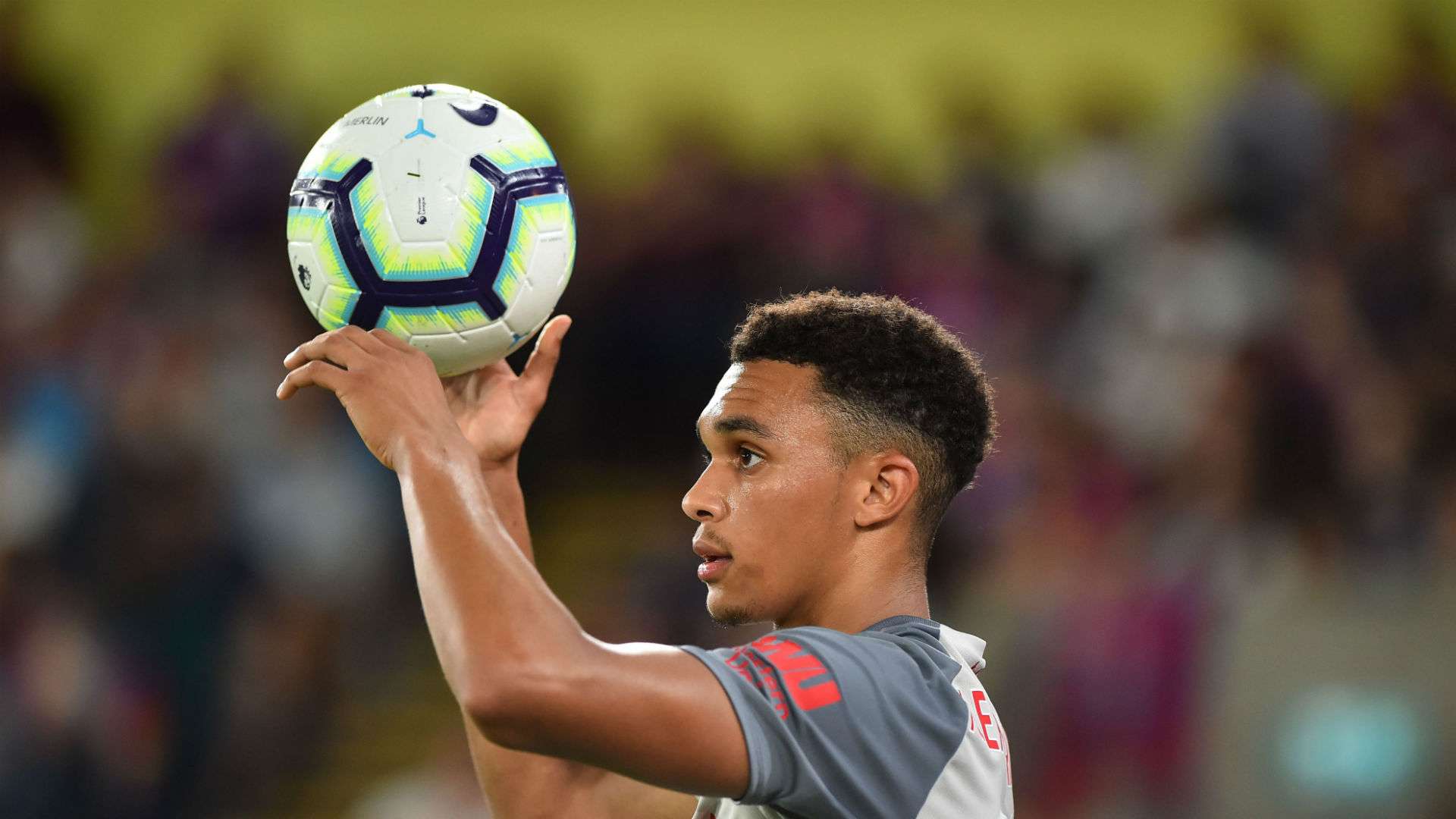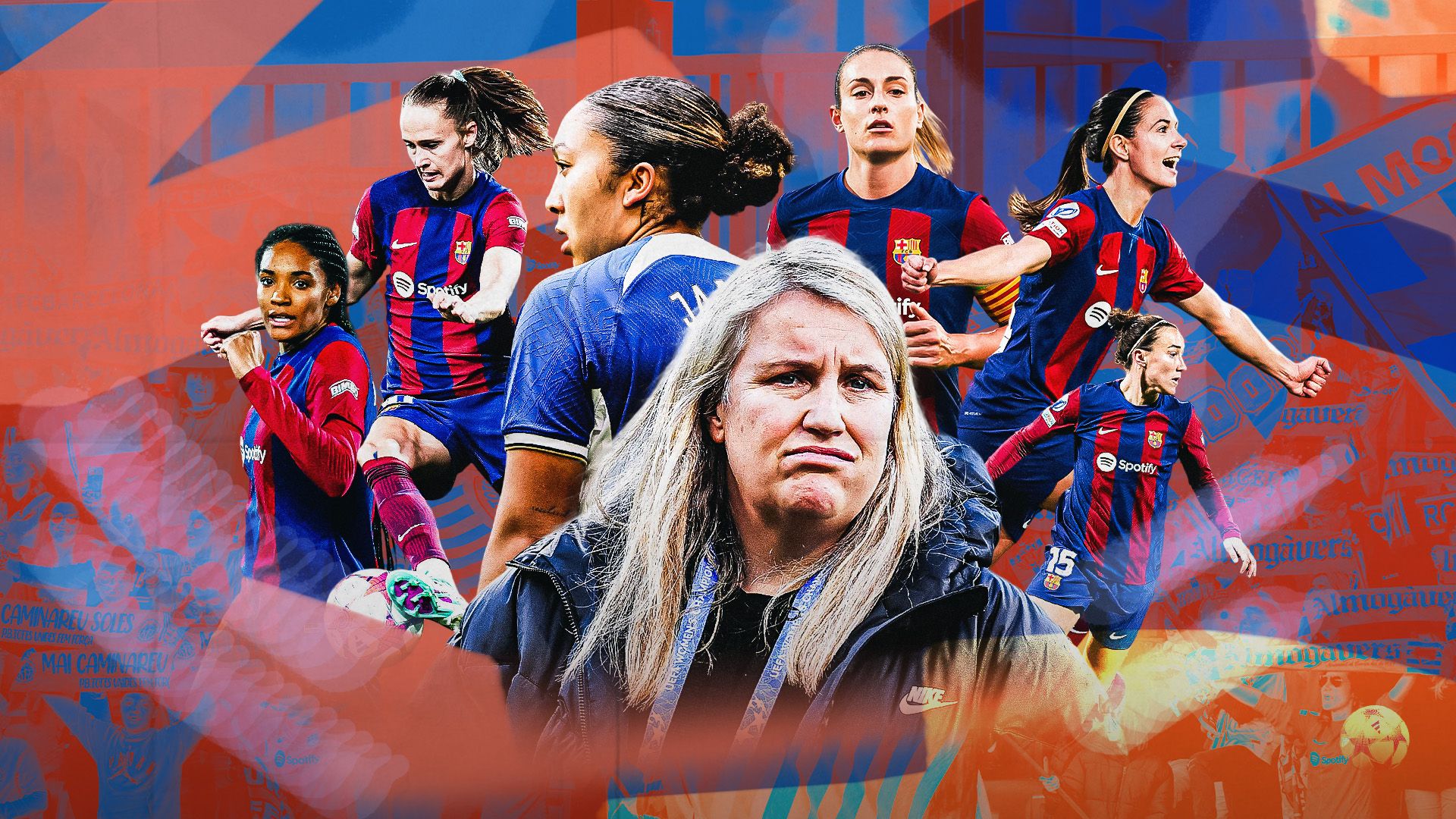Thomas Gronnemark is under no illusions whatsoever.
“I know it is totally the weirdest job in football,” says Liverpool’s latest addition, the Premier League’s first specialist ‘throw-in coach’.
The reaction to the Dane’s arrival at Anfield – or rather, Melwood – has been a mixed one, with intrigue in some quarters offset by mockery in others. For Jurgen Klopp, though, the idea is simple; improvement, in any way possible.
“To be honest, I’d never heard about a throw-in coach,” the Reds boss said when asked about Gronnemark’s role. “But when I heard about Thomas it was clear to me I wanted to meet him. And when I met him it was 100 per cent clear, I wanted to employ him.”
Gronnemark holds the record for the world’s longest throw-in, his somersault effort reaching a ridiculous 51.33 metres back in 2010.
He has worked with football clubs since 2004, most notably with Danish champions FC Midtjylland. Another of his clients, top-flight club AC Horsens, scored 10 goals from long throws last season, while he also boasts of working with “a secret Bundesliga club” too.
He came to Klopp’s attention thanks to a German newspaper article, and now holds regular sessions at Melwood, as well as with Liverpool’s Academy prospects at Kirkby, aimed at improving players’ technique and understanding in throw-in situations.
“Some weeks we do two or three sessions, some weeks none at all,” Gronnemark told Training Ground Guru recently. “I also analyse their throw-ins from every game and feed back to them, whether I am there or not.”
The numbers are stark. Premier League clubs, generally, take between 40 and 50 throw-ins per game – Liverpool had 54 in each of their last two matches, against Brighton and Leicester.
“That’s about 12 minutes per game taken up by throw-ins and situations arising from them,” Gronnemark says, though he also points out that “on average, they lose the ball more than half the time from under-pressure throw-ins, when their team-mates are closely marked.”
At Liverpool, he has worked predominantly with defenders such as Trent Alexander-Arnold, Andy Robertson, Alberto Moreno, Nathaniel Clyne and Joe Gomez, who showed at Leicester that he can launch a more-than-decent long throw into the penalty area.
“If I was a defender I would not want to be on the end of one of Gomez's throw-ins," Gronnemark has since told BBC Sport.
 Getty
Getty
The aim, he says, is not to turn Liverpool into “a second Stoke” – a reference to Rory Delap, whose flat, deep long-throws were such a weapon for the Potters – but rather “to help with a more fluent style of play.” In Liverpool’s case, for example, this may involve quick throws in behind to allow the likes of Mohamed Salah and Sadio Mane counter-attacking opportunities.
“If Liverpool score a goal or two from long throws that would be perfect for me,” he adds. “But even more so if it comes as a result of a fast throw or clever throw.”
Statistics show that Liverpool, generally, have been one of the Premier League’s least efficient clubs when it comes to this area. Last season they managed just three shots from throw-in situations – Leicester, with 14, led the league.
“I’m a former sprinter and love the fast, fluent game,” Gronnemark says. “[So] I coach how to get the ball back very quickly after it goes out, how to keep possession, how to make the counter attack super-fast.”
At Midtjylland, a club renowned for innovative and intelligent use of statistical data, his work was clear; like Horsens, they managed 10 goals from throw-in scenarios last season. Those who have worked with him describe him as an “excellent” coach, whose results have been plain to see.
His appointment at Liverpool represents further evidence of an evolution in the club’s approach, with a focus on specialism rather than the more traditional backroom staff set up.
“You cannot have enough specialists,” Klopp said recently. At Liverpool, he has recruited the likes of Mona Nemmer, his head of nutrition, Andreas Kornmayer, his head of fitness and conditioning, and Philipp Jacobsen, his medical rehabilitation and performance manager. The club also use the services of Hans Leitert, a former Austria international who now liaises with the club’s scouting department as a “goalkeeping consultant”. You can bet Leitert’s opinion was sought before Liverpool bought Alisson Becker this summer, for example.
 Getty Images
Getty Images
Michael Gove may once, absurdly, have claimed that “Britain has had enough of experts” but Klopp, who would certainly have voted Remain had he been allowed to, clearly disagrees. His approach at Liverpool, it appears, is to glean any kind of improvement in any area. “Marginal gains,” as Sir Dave Brailsford might describe it.
Liverpool employed a colleague of Brailsford, former Team Sky head of medicine Dr Steve Peters, under Klopp’s predecessor, Brendan Rodgers. Dr Peters, author of ‘The Chimp Paradox’, was prominent during the Reds’ title challenge in 2013-14, though less so as Rodgers’ reign unravelled thereafter. Not all experiments pay off.
The hope at Anfield, though, is that these “marginal gains” can mount up and enable Klopp’s side to continue their evolution into genuine challengers. Andy Gray, ironically someone who built a career out of curiosity and changing the way people analysed football, may think it’s pointless, but football is an ever-changing sport. Innovation, Klopp feels, is to be embraced and encouraged.
And so Gronnemark will work with Liverpool, seeking those improvements that can, in the end, make all the difference. He’s already issued an ominous warning to the rest of the Premier League.
"In general against Liverpool,” he says, “I would not want to put the ball out for a throw-in!”



.jpg?auto=webp&format=pjpg&width=640&quality=60)
.jpg?auto=webp&format=pjpg&width=640&quality=60)